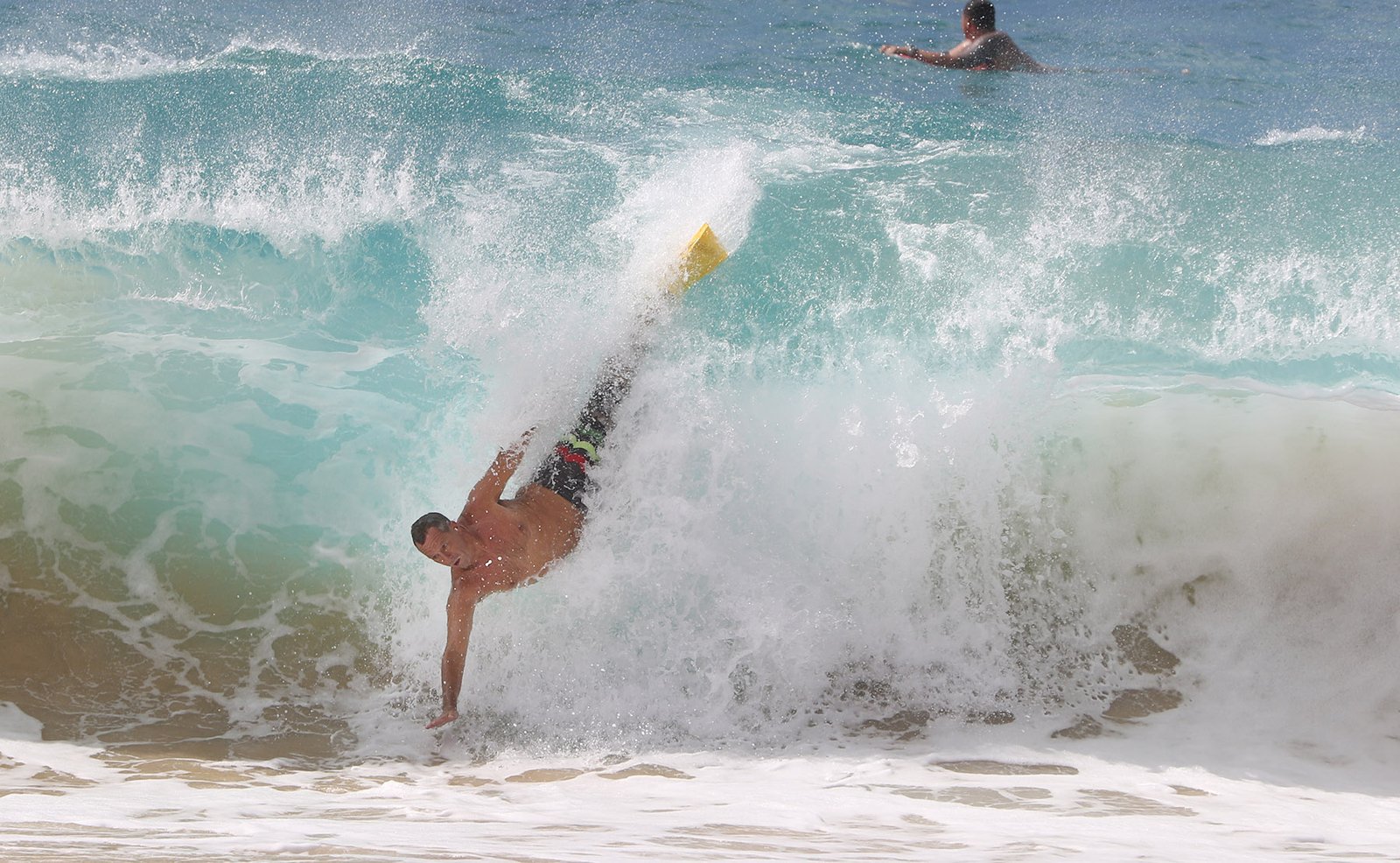My teenager is a public radio nerd — we can’t eat dinner until Kai Ryssdal signs off on Marketplace.
So when Hawaii Public Radio said it was looking for listeners to participate in The Moth storytelling event in Honolulu, he said I should try out.
Since I ask him to do new things all the time, I figured it was only fair that I agreed to trying something new.
That’s why I was on the stage of the Hawaii Theater on Friday night under the lights in front of 1,200 people telling a story for 12 minutes without notes or a script.
I’d never done something like this before, but I’m so happy he put me up to it.
Going through the experience made me think a lot about the importance of sharing our stories.
This is an important part of the generational transfer of knowledge that’s crucial to our ability to persist and thrive in an age of seemingly unconquerable challenges.
The story I told on Friday involved the 1960 tsunami in Hilo and a key part of the story was a detail I’d only recently heard from my father. He’s not a big storyteller, but the knowledge he has is crucial to finding a way for his grandchildren to thrive in his homeland.
A few months back when I was first delving into the topic of the generational transfer of knowledge, I was struck by something Marques Hanalei Marzan, Bishop Museum’s cultural adviser and exhibition curator, told me. He said that it was incredibly helpful to have people who may not have been practitioners of traditional crafts, but who observed those practitioners, and could describe what they saw.
“Those everyday common things that might’ve just been considered unimportant, can hold so many important clues to how we strengthen and preserve and uplift various disciplines,” said Marzan.
In the spirit of storytelling, before I took the stage on Friday, my son and I visited Bishop Museum. Almost a year ago, the museum was the site of one of my favorite stories.
Last October, my ‘ohana visited the Bishop Museum to see the excellent Kapaemahu exhibition in its final days. We also wanted to clear up a story my son was trying to relay that he heard at school from his kumu, Nicole Kūwalu Anakalea.


Kids can be unreliable and inconsistent narrators, and my son’s story was convoluted.
His story involved something about a statue from Kawaihae that was cold and then couldn’t be moved. The statue was somewhere at the Bishop Museum. There were a number of details, but little sense.
We found an employee near the entrance to the Hawaiian Hall, gave him our scant details and asked if he could help. Bill Marston walked us across the hall to the ki’i of Kaneikokala. I asked him if he could share his version of the mo’olelo.
He started his story two hundred years ago, when statues honoring Hawaiian deities were threatened. Kaneikokala was buried in Kawaihae for safe keeping. Marston told us that a Kawaihae man, Wahinenui, was visited in his dreams by Kaneikokala and that the ki’i said that he was cold and needed to be unearthed.
Wahinenui heeded the dream and found the buried statue.
The statue was relocated to the Bishop Museum in 1906. Marston said that when it came time to construct a new building on the grounds of the museum, workers were sent to move Kaneikokala to a new spot outside.
The workers dug but they couldn’t dislodge Kaneikokala. Someone thought a jackhammer was needed to solve the problem. They dug and drilled but couldn’t find the bottom of Kaneikokala. It seemed that the ki’i had rooted itself into the rock and wasn’t going to be moved.
This was a tough dilemma. Marston said that kupuna were consulted and their response was: “Did anyone ask Kaneikokala if he wanted to be moved?”
Marston said that the museum relented and Kaneikokala stayed. The ki’i stands out in the Hawaiian Hall, not in a case, but surrounded by a low covering of pohaku.
Marston, who says he puts “storyteller” as his occupation on tax forms, admits that while there are different versions of the Kaneikokala story, the essential story is one of respect and mana.
Now, as a parent, this is my favorite part of the story:
Marston told us that he always felt at home with Kaneikokala and in the Hawaiian Hall. He’s been working at the museum for more than a decade after serving in the military and working for the postal service.
He says he’s like Kaneikokala, he wants to stay rooted in the museum.
Marston said that his father first brought him to the Bishop Museum when he was five years old. He said that his favorite things in the museum were the whale suspended from the ceiling, who he calls Alfred, and Kaneikokala.
He said as a little boy, he had a stutter, and he loved to talk to Alfred and Kaneikokala. The whale and statue were the only ones who wouldn’t laugh at him when he spoke.
To this day, he considers them his friends. They know all his secrets, he says.
Stories from our kupuna help transfer knowledge and values, help teach and help guide. If we’re going to continue to be able to surmount the challenges in front of us here in Hawaii, we need those mo’olelo shared, saved, and passed down. Please do what you can in your own ‘ohanas to share, listen and learn.







Leave A Comment